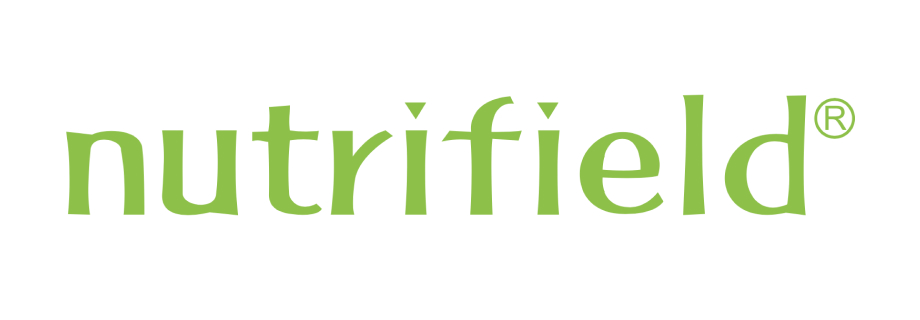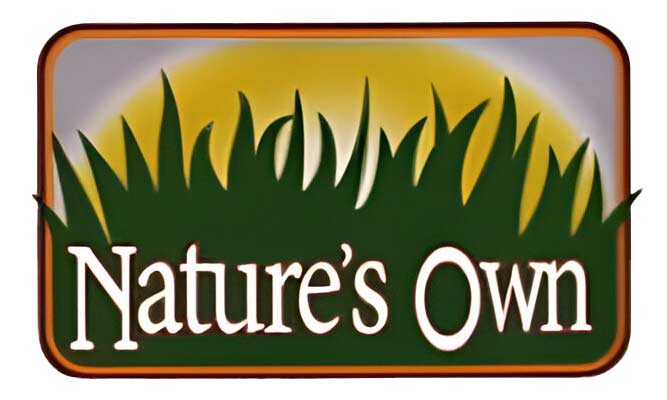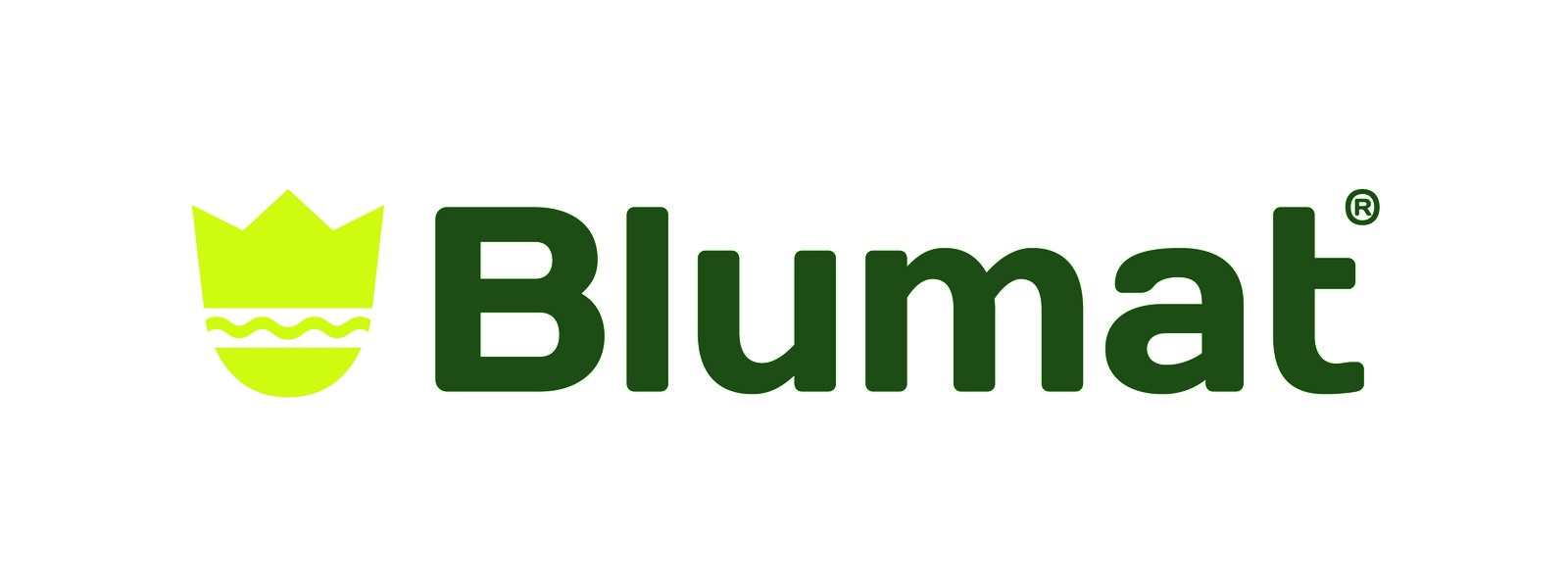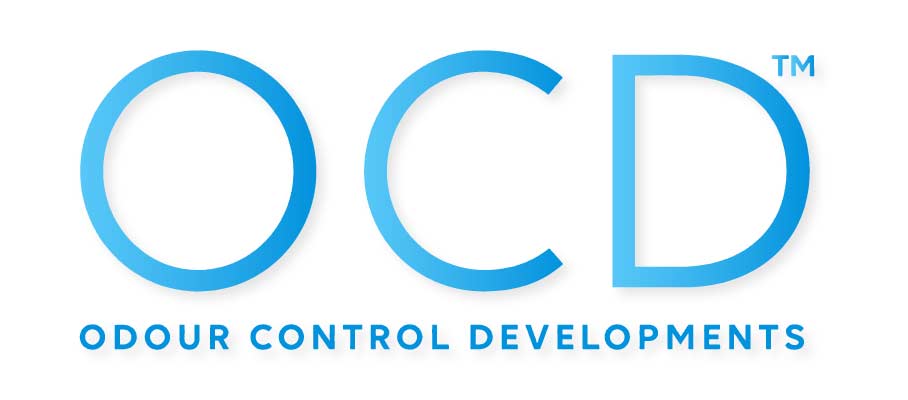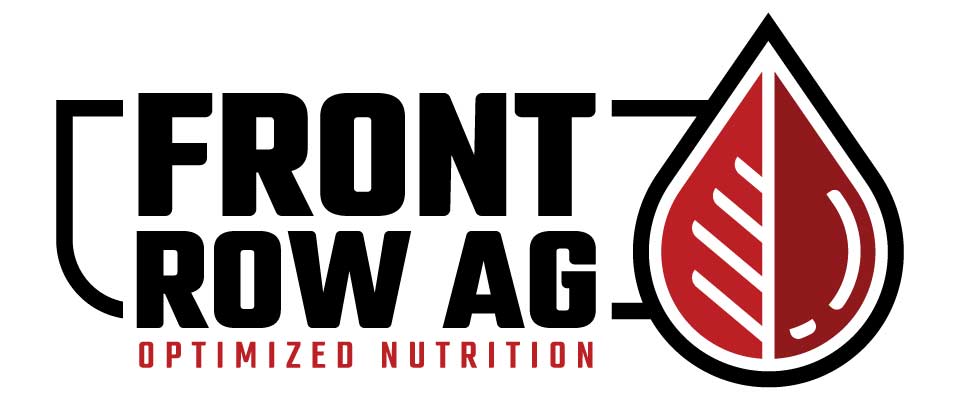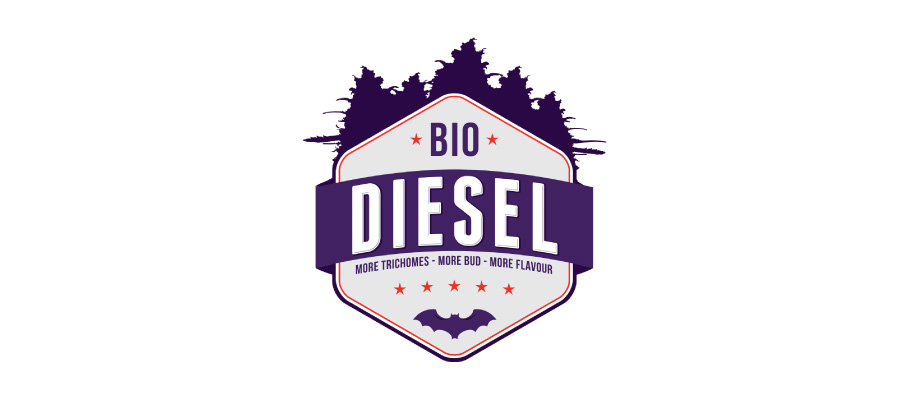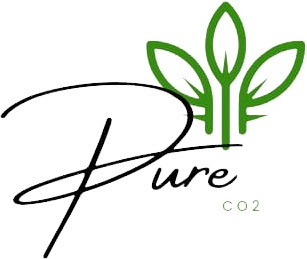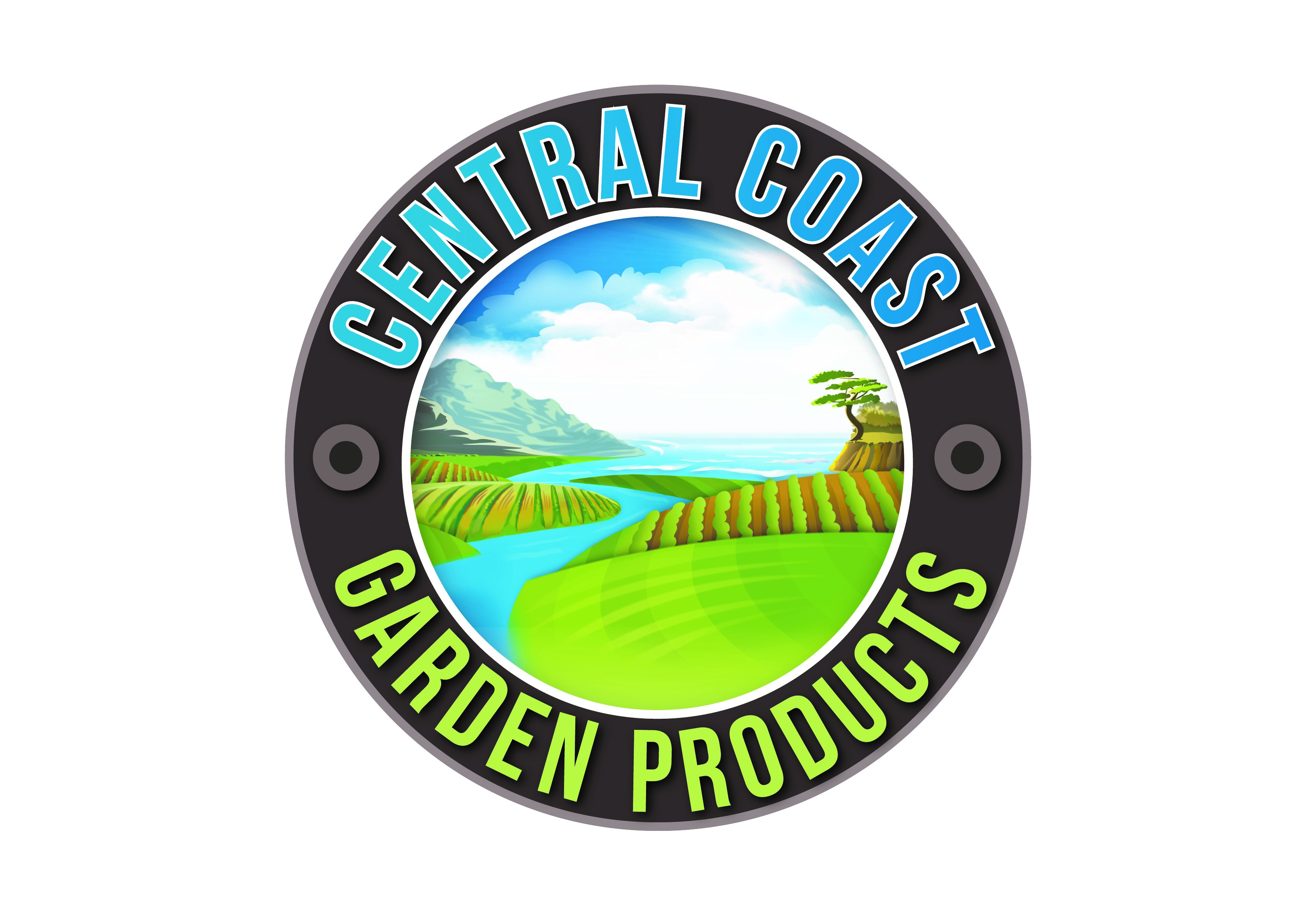The dos and don'ts of defol
Defoliation is a powerful tool in a grower's arsenal. What is it? Defoliation is removing leaves, stems, flowers, etc., to promote "other" growth. Removing excess leaves helps manipulate the growth by increasing airflow and light penetration. Regular defoliation leads to more air flowing through the plant – reducing the chance of mould and pests; this is extremely helpful in the warmer months.
Why defoliation increases a plant's yield is still a mystery, but anything that helps plant growth is alright with us. The common belief is that defoliating allows the plant to uptake nutrients to more specific/key areas, pumping them full of food and effectively increasing their growth.
Below we have some tips on defoliating:
- Removing older bitter leaves to make room for new growth is a great practice to get into with your leafy greens like lettuce and spinach.
- Remove leaves that are lowest on the plant to free up energy for growth closer to the sun. You can also do this for flowers/fruits that are low-down and slow growing.
- Promote vertical growth on climber/vine-type plants by removing additional branches from intersecting nodes.
- When removing old or discoloured leaves, always refrain from removing more than a small handful at a time—spacing your defoliation out every few days. Less is more and try to remember the sun or a good grow light is powerful enough to penetrate those more giant leaves allowing the smaller leaves underneath to grow, increasing the total amount of light absorbed overall.
- When removing leaves from any plant, take into consideration the stress caused. Putting the plant into shock because of the apparent danger will reduce plant growth significantly. Stunted plant height, reduced number of fruits/flowers, and necrosis are all possible outcomes. We recommend continuous small amounts of defoliation instead of one big defoliation session to avoid these outcomes.
- The best leaves to remove are big leaves getting in the way of the inside of the plant mass and old, rotting, or dead leaves from the plant's centre and lower outside of the canopy.
- Yellowing leaves towards the base of a healthy plant indicate the nutrients from those leaves are no longer required and are being used by the plant. Leave these leaves until they fall off, or you can remove them; it pays to do this before they get too unsightly.
- Make sure to remove all loose leaves after a defoliation session. Any brown or rotting plant matter should be removed immediately. Check your grow room humidity and temperature aren't facilitating the dead leaves. Dead, decaying leaves can be breeding ground for mould and other types of disease.
Good luck, and happy defoliating!



